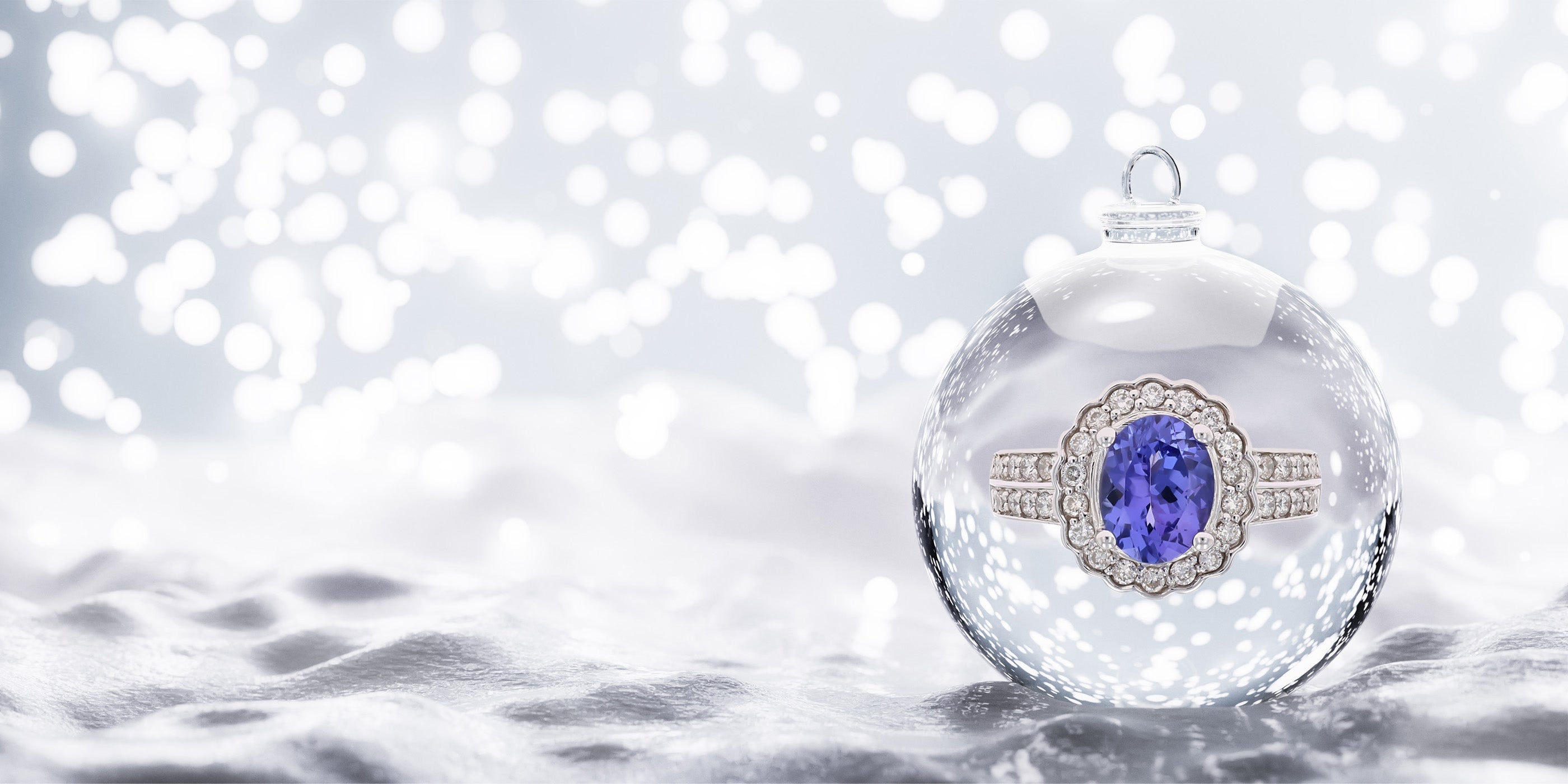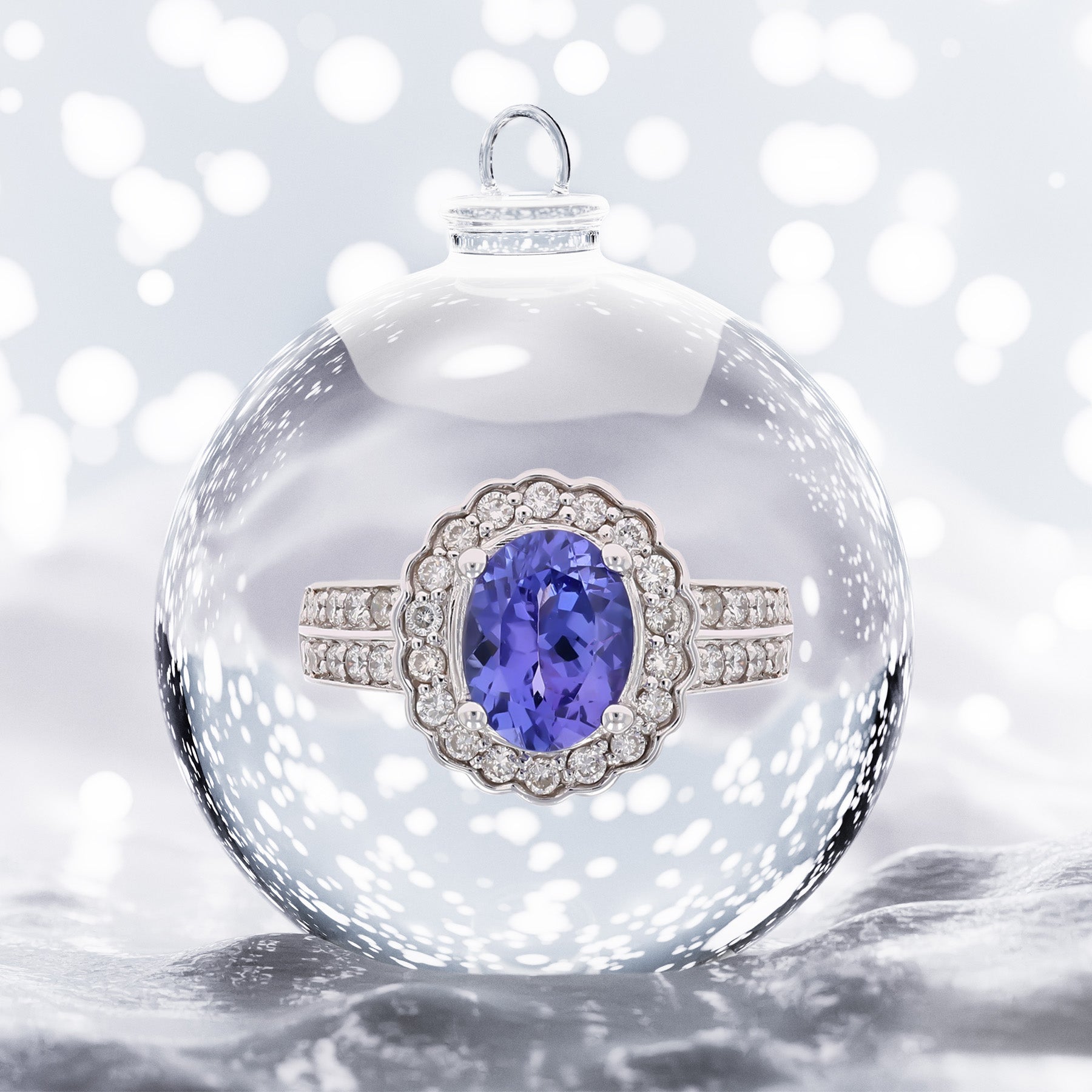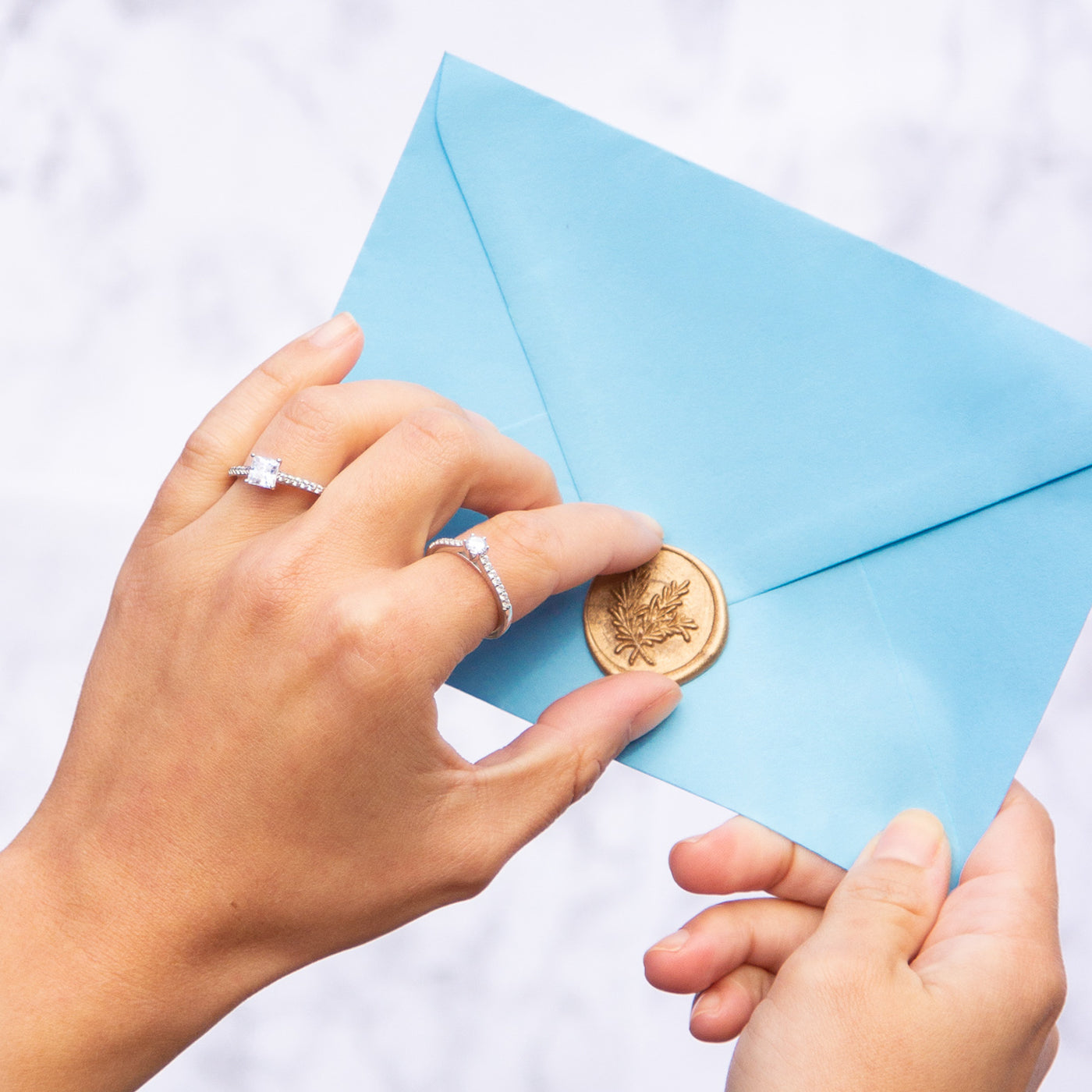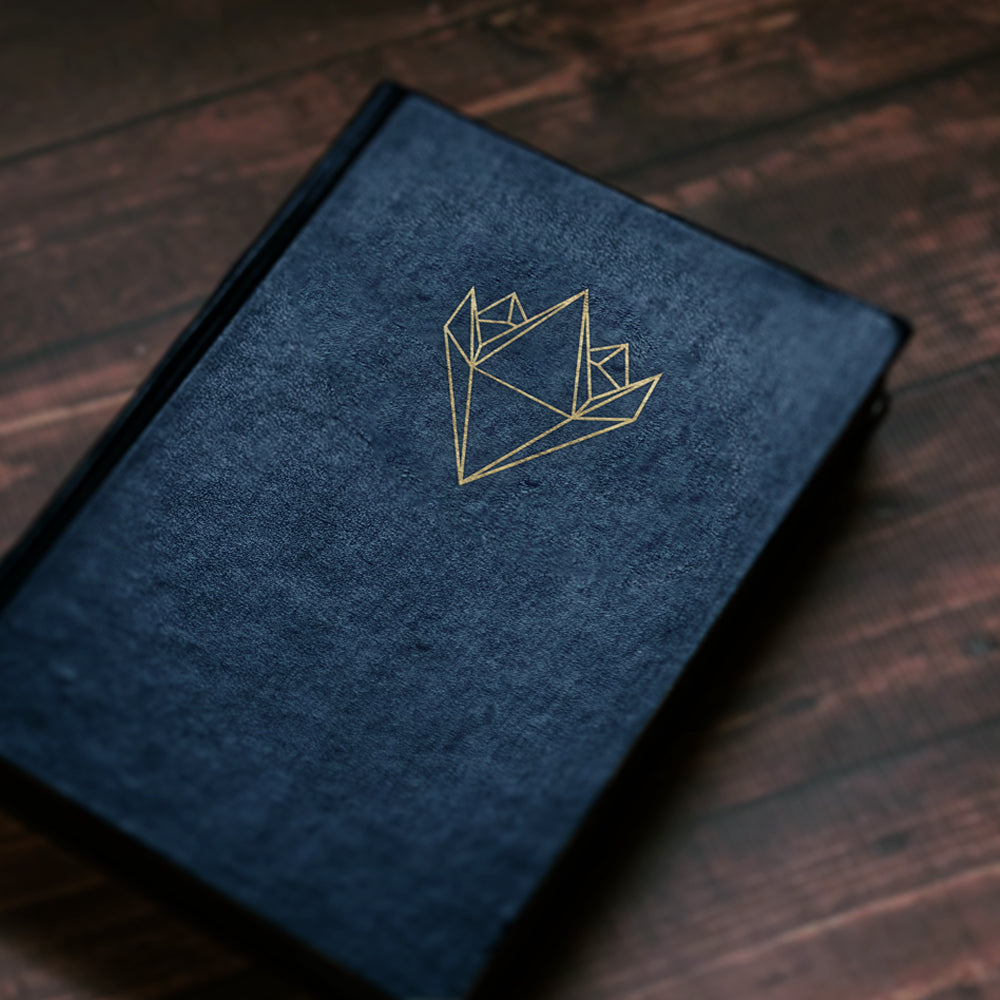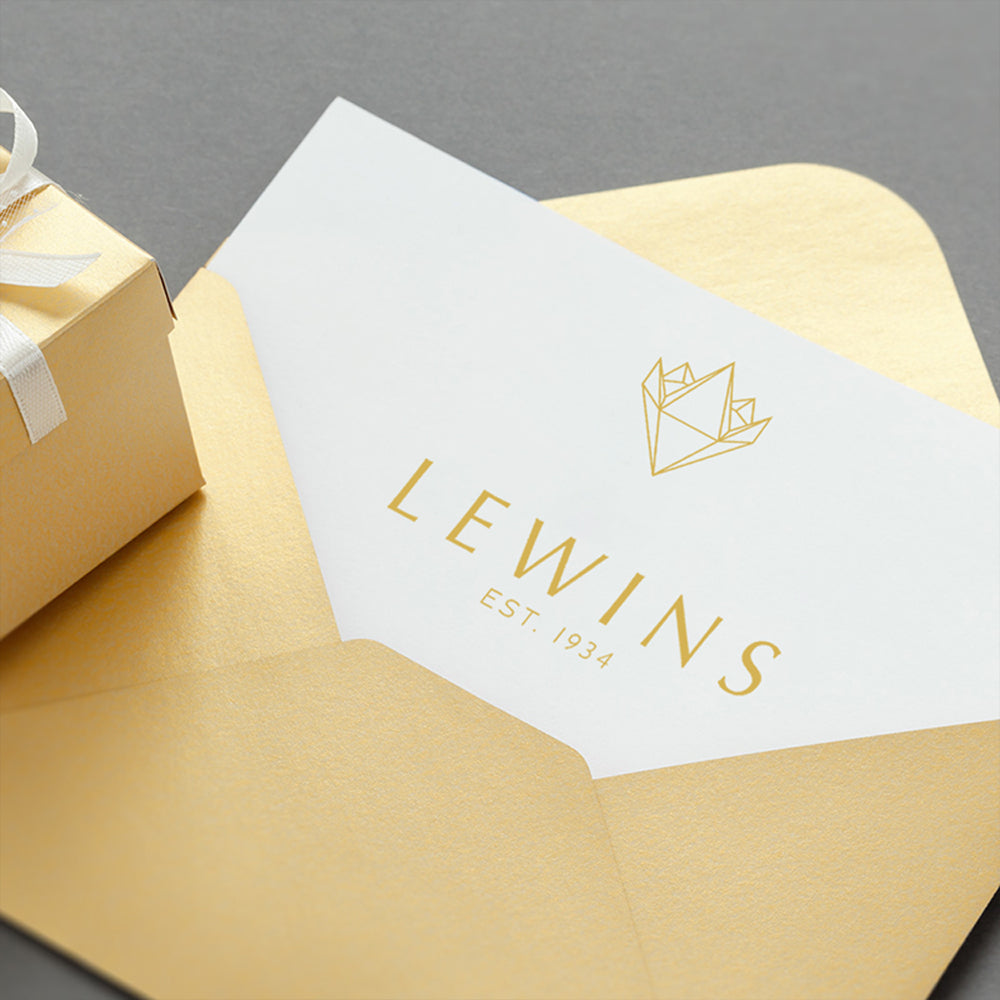Material: 9ct Rose Gold
Brand: Lewins Vintage
Theme: Baroque
Shape: Oval
Finish: Patterned
Fitting: Chain Link
Anniversary: Gold - 1st, 50th
Dimensions: apx. 16.8mm (L) x 10.45mm (W)
Weight: 2.27 grams
Condition: Very Good
Period: Antique, Edwardian
Hallmark: The standard mark, “9.375”. The assay office mark of Birmingham. The date letter mark “f”, indicating circa 1905. The maker’s or sponsor's mark shows a shield with lettering“GJ ”, indicating G H Johnstone & Co.
Jewellery Odyssey:
Historically, and prior to the seventeenth century, shirt cuffs were secured with ribbons, ties and strings. Influenced during the reign of King Louis XIV of France, “Boutons de Manchette” were fashioned. These “sleeve buttons” were made of silver or gold, stamped with ornamental designs or set with stones, and joined by a small chain.
During the latter half of the seventeenth century, King Charles II was seen in public wearing cufflinks, increasing their popularity across Britain. To commemorate the King’s marriage to Catherine of Braganza, it was believed that silver stamped disc cufflinks consisting of the “crown and hearts” motif, were created. Worn by royalty and aristocrats, cufflinks began to be a staple accessory to the upper-class gentleman, across Europe.
Currently, there are no standard bespoke alterations, available for this item. However, if you have a question regarding an alteration you wish to make to the item, please let us know. You can either fill out the enquiry form below, or contact us directly. We will see if we can help to make any provisions for your request, or advise you further.
Jewellery Care Precautions:
Avoid direct contact with: perfume, lotions, skincare, hairspray / other chemicals. Remove, your jewellery: when showering, swimming (as both chlorine and saltwater will react with metals), washing your hands / using hand sanitisers, before going to bed or when participating in physical activities (going to the gym, exercising, gardening, housework etc….).
Beware, metals may tarnish over time due to oxygen contact and natural body oils. Prevent items from being exposed to moisture and direct sunlight, for long periods. Store jewellery in a dry place away from humidity, in a pouch/jewellery box and keep each piece separated from each other. Care, for your jewellery by cleaning with a soft dry cloth.
Rose Gold:
Rose gold is not an element and does not occur naturally in a pure form. Pure yellow gold is mixed with alloys of copper and sometimes silver to produce, a reddish pink coloured alloy, known as rose gold. The colour and depth of rose gold will vary, depending on the ratio of yellow gold to copper. The lower the carat of yellow gold, the higher the copper content, the deeper the colour. The colour of 9ct rose gold will be a deeper reddish-pink, 14ct rose gold will have a subtle rosy pink colour and 18ct rose gold, will show a soft champagne pink colour with a yellow undertone.
Over time and especially in humid conditions, the copper alloy naturally oxidises with the air, causing rose gold jewellery to develop a deeper reddish patina. Seen frequently in antique rose gold jewellery, this patina takes years to develop and adds a desirable vintage essence to the jewellery.
Whilst rose gold jewellery will not discolour easily, it is important to avoid exposure to household chemicals, bleaches, toothpaste, baking soda and other cleaning abrasives. Wearing jewellery in places where perfumes, hairsprays, body lotions have been applied on your body, will increase tarnishing. Wear your jewellery after the products have been applied. To clean your rose gold jewellery, use a mild soap with warm water and dry with a soft cloth. For professional cleaning, our workshop can polish your jewellery back to life.
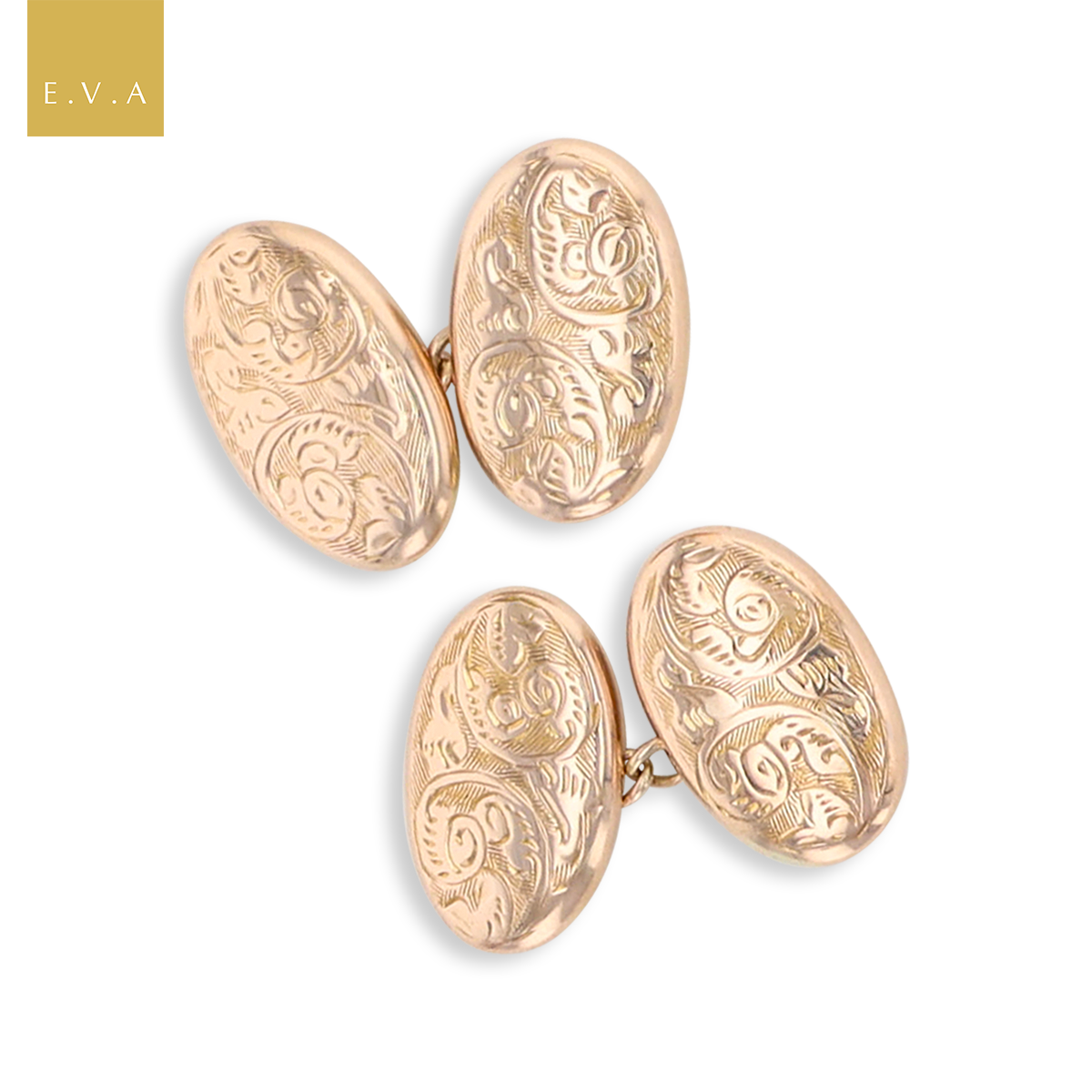
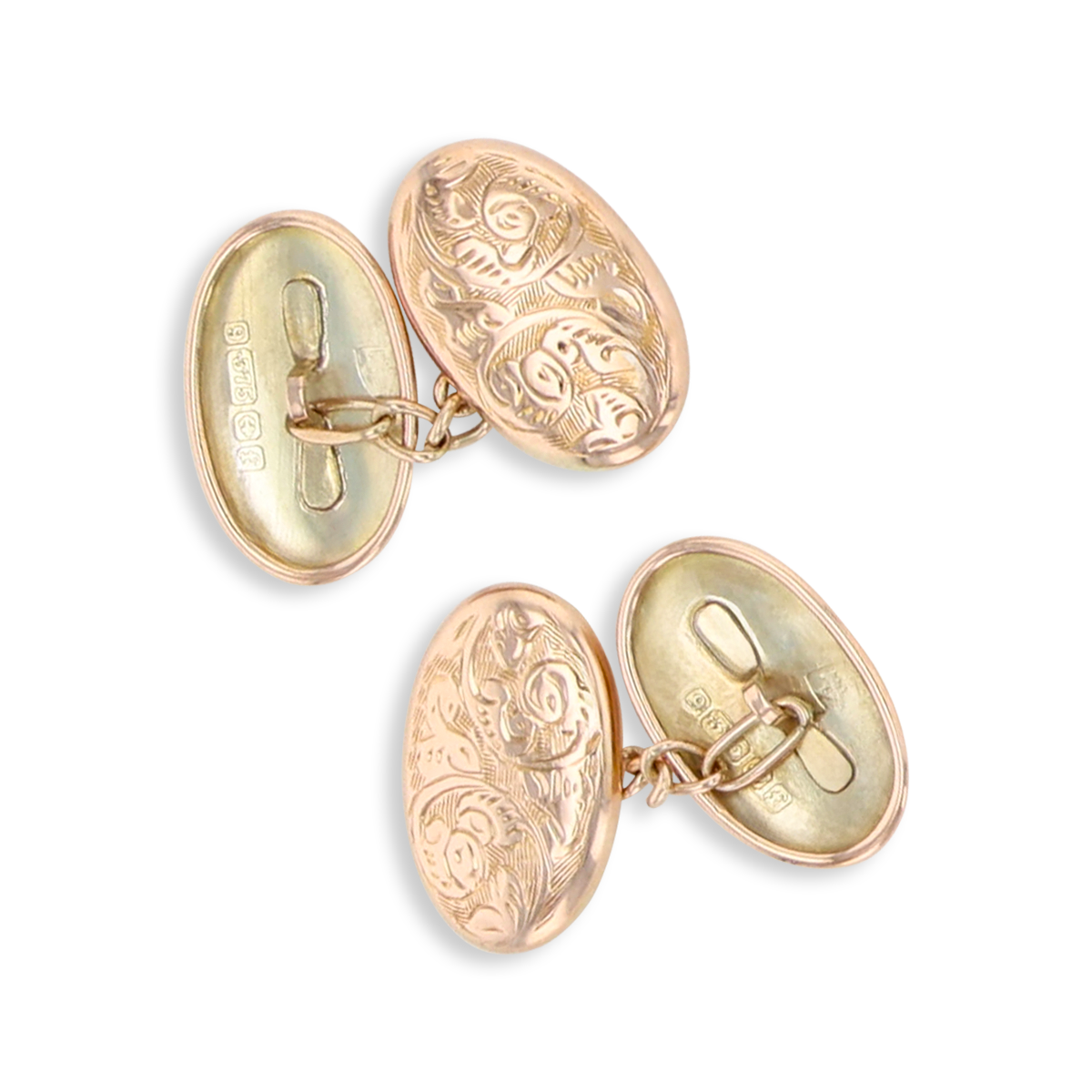

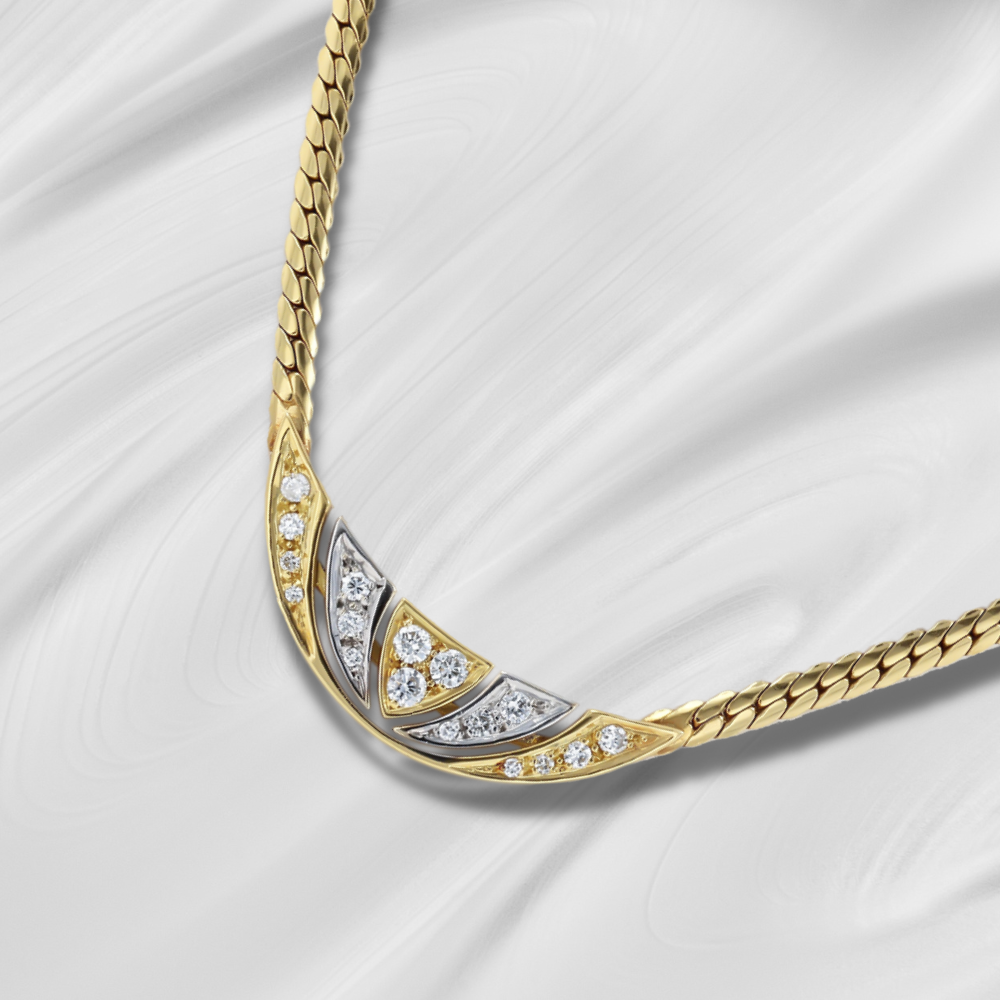
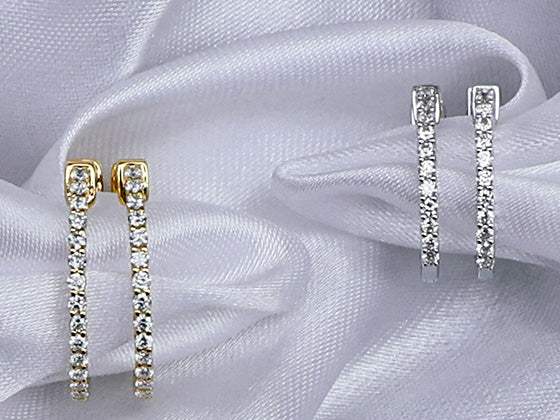
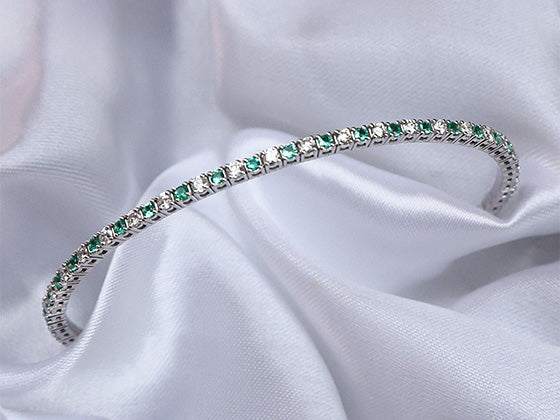

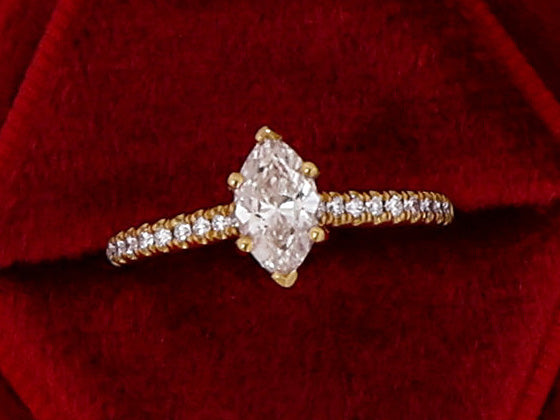
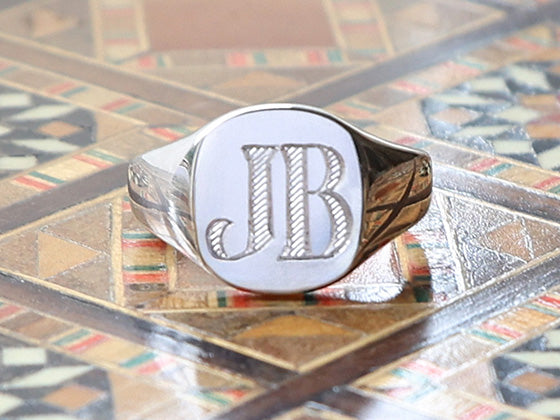
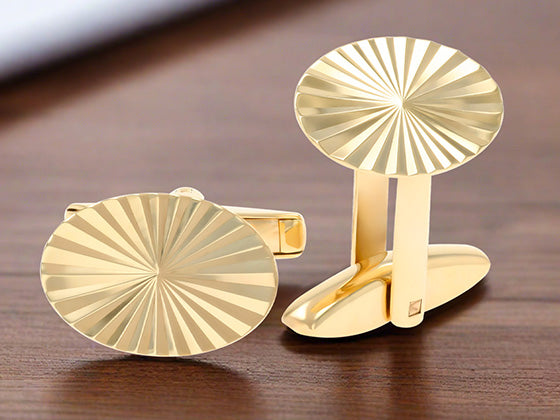
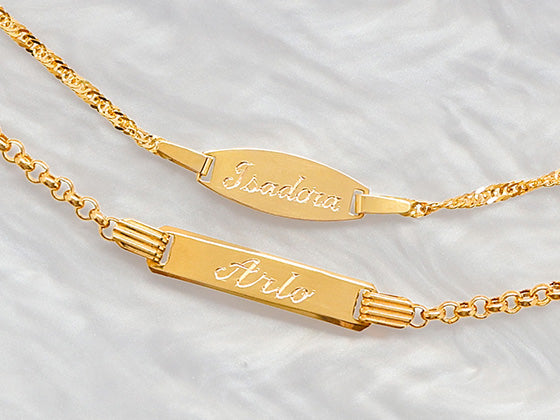
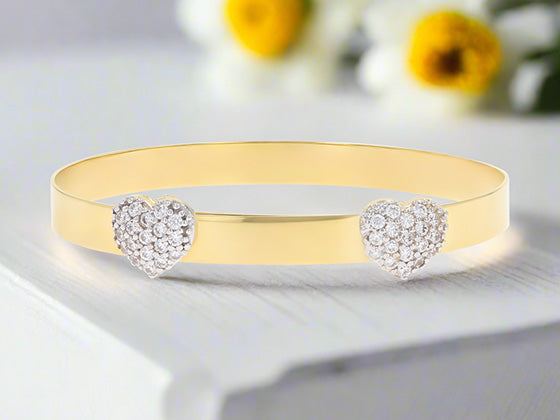
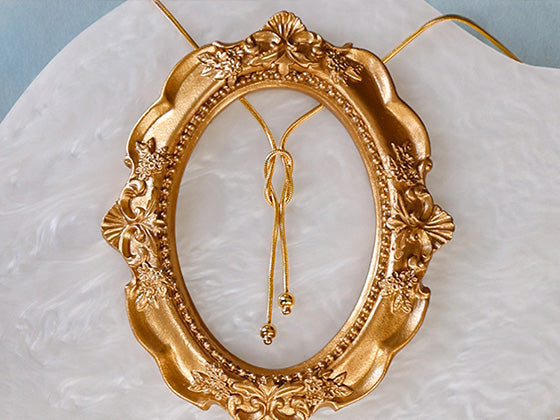
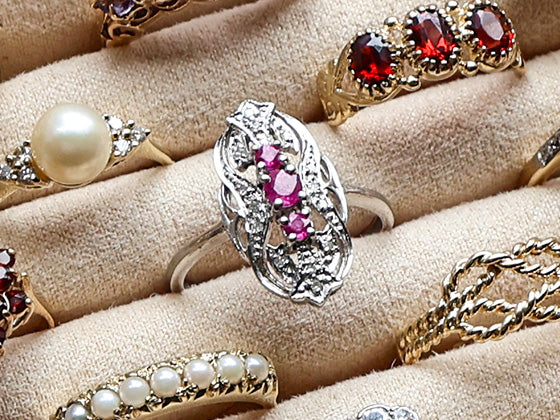
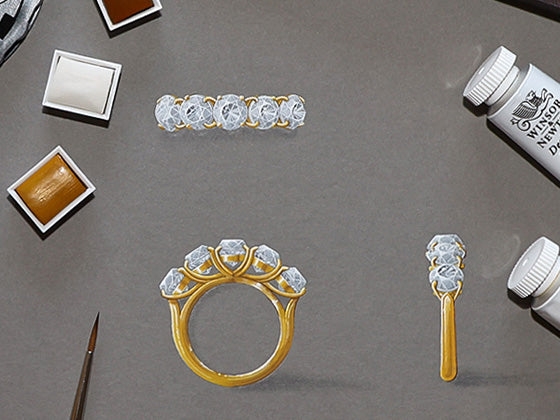
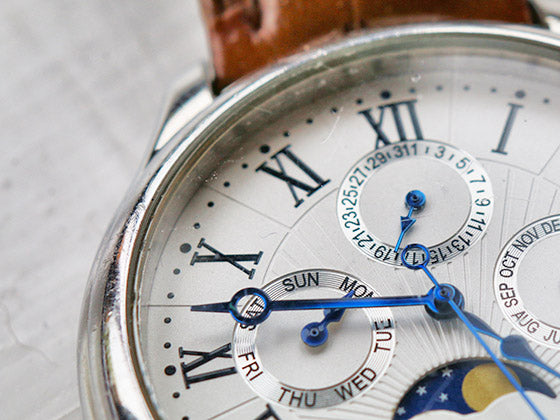
 Contact Us
Contact Us


